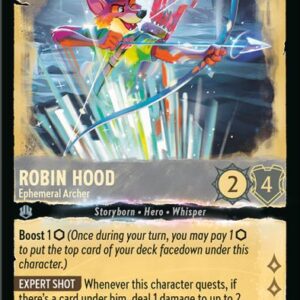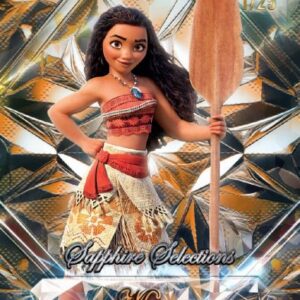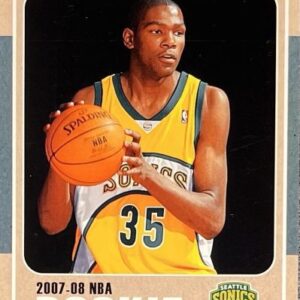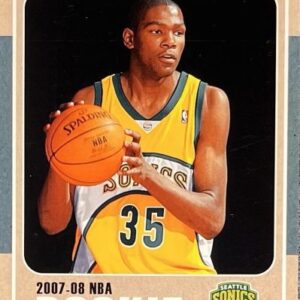When Evan Longoria, the well-established MLB star, shared a cryptic post about his latest baseball card, the anticipation among collectors was palpable. Baseball cards have always had their share of allure and prestige, but this one teetered on the edge of the extraordinary. Slated for an appearance in the 2025 Topps Tier One Baseball lineup, this card included a majestic twist that nobody saw coming: a game-used bat knob with the famous Pokémon character, Charizard, depicted at its very end.
The blend of genres wasn’t merely a creative one; it was a spark that lit up two distinctly passionate communities—baseball enthusiasts and Pokémon card collectors. Pokémon mania, riding high on nostalgia and the official franchise’s endurance, merged seamlessly with the enduring excitement of Major League Baseball. With this inventive symbiosis came an exhilarating jolt to the hobbyist scene, stirring up both chatter and action.
Alan Narz, a well-known figure in the card collecting sphere and founder of Big League Cards in Casselberry, Florida, exemplified the fervor that swept through this momentous moment. Narz threw down the gauntlet early, offering a staggering $100,000 for the coveted card—a testament to its perceived value. “We’re all about being the top spot for sports and Pokémon,” said Narz, capturing the sentiment of many collectors nationwide who recognized the card’s dual appeal.
The inherent charm of bat knob cards—encapsulating the remainder of baseball’s most illustrious tools—and the distinctiveness of Charizard seamlessly intertwined in an unprecedented licensed MLB fusion. As Narz put it, the card was the “perfect blend” of two cultural phenomena, lending it a unique allure and pushing it to the forefront of collector pursuits.
The news of the card quickly filtered through social media channels, prompting excitement and strategic moves among collectors. Among those vying for a piece of this action was Doug Caskey, co-founder of Mojobreak, a revered group known for their expertise and influence in trading cards. A savvy enthusiast, Caskey soon acquired a Longoria game-used bat featuring the very same Charizard sticker for a mere $700 on eBay.
His move was celebrated not just for its shrewdness but for its deeper narrative significance. “We’ve got a big Pokémon following, and being from the Bay Area, where Longoria played for years, it felt like the right move,” Caskey acknowledged. His direct association with Longoria further entwined in 2010, when Mojobreak was hunting down the legendary Longoria 2006 Bowman Chrome Superfractor, an elusive card still sought after today.
But why such a fuss over a bat knob and a Pokémon character? For collectors like Caskey and Narz, it transcends the concept of mere memorabilia. This pursuit is rooted firmly in the heart of building unique connections, nostalgia, and the chase—a defining characteristic of card collecting. The card in question is more than an object; it’s a symbol of an era where sports cards encapsulate broader narratives and richer, interconnected cultural stories.
The culmination of sports and pop culture underlines a broader societal trend: a bridging of worlds that once seemed disparate yet now resonate together harmoniously. Whether it be displayed proudly behind a store counter in Florida or within the venerable walls of a collector’s cabinet in the Bay Area, this card stands as a testament to this melding of histories and passions.
Evan Longoria’s card, much like the Pokémon universe it intersects with, signals a cultural breakthrough—a revered piece of nostalgia and modernity. As avid collectors continue to place their bets and pursue this wild card, they carry forth an age-old tradition of storytelling and excitement igniting a legendary status. Each cardholder dreams that one day it will end up in their hands, nestled safely within the tapestry of sports and saga—living proof that sometimes, worlds do blend with seamless brilliance.






